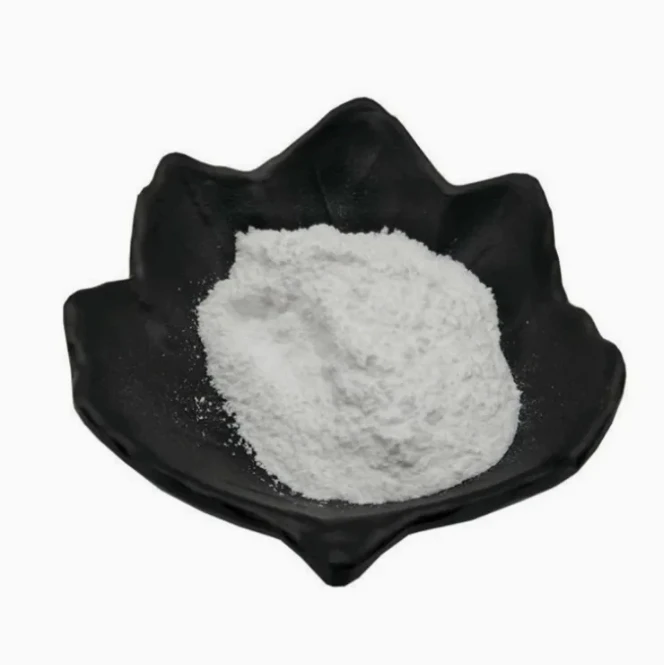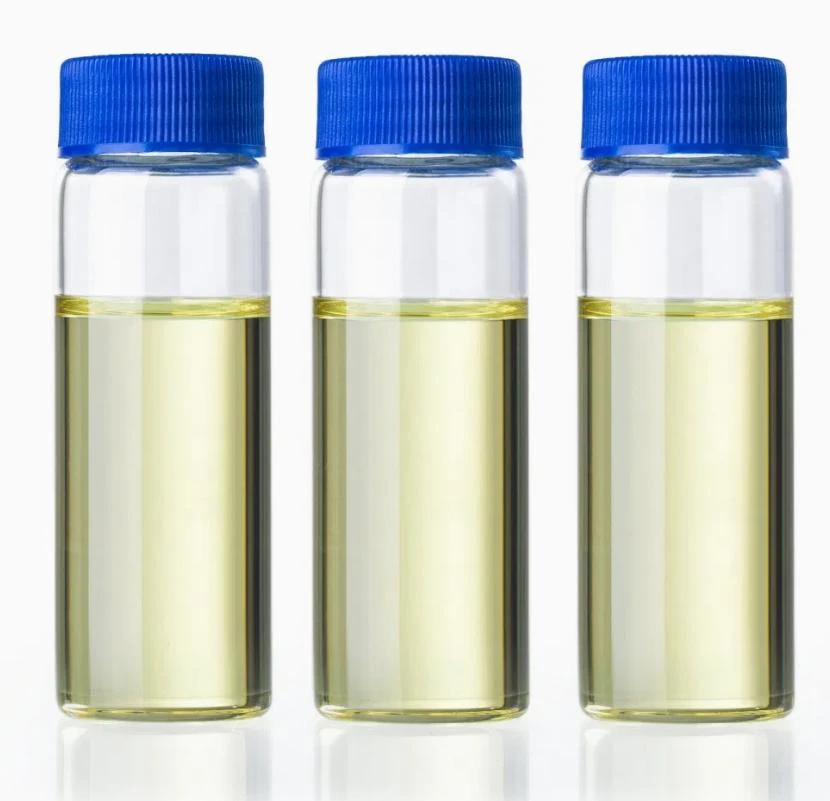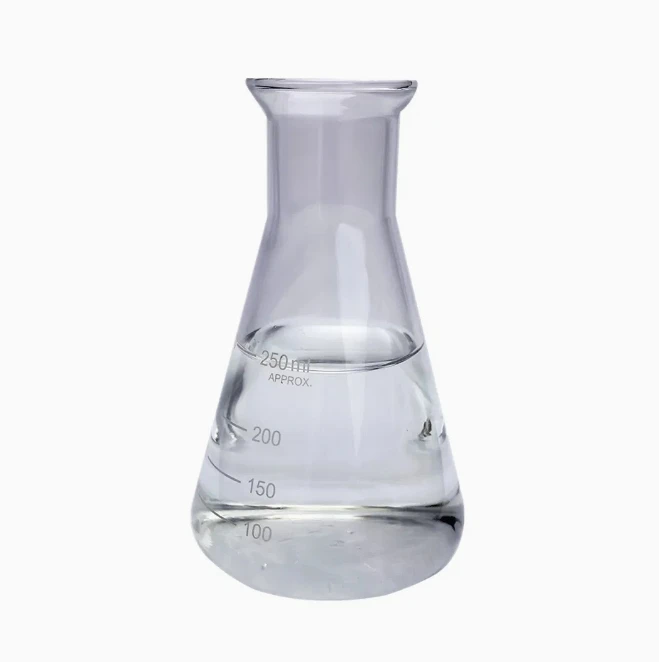Warning: Undefined array key "file" in /home/www/wwwroot/HTML/www.exportstart.com/wp-content/themes/1198/header.php on line 7
Warning: Undefined array key "title" in /home/www/wwwroot/HTML/www.exportstart.com/wp-content/themes/1198/header.php on line 7
Warning: Undefined array key "title" in /home/www/wwwroot/HTML/www.exportstart.com/wp-content/themes/1198/header.php on line 7
- Afrika
- Albania
- Amharic
- Arabic
- Armenian
- Azerbaijani
- Basque
- Belarusian
- Bengali
- Asụsụ Bosnia
- Bulgarian
- Catalan
- Cebuano
- China
- China (Taiwan)
- Corsican
- Asụsụ Croatia
- Czech
- Danish
- Dutch
- Bekee
- Esperanto
- Estonia
- Asụsụ Finnish
- French
- Onye Frisian
- Onye Galisi
- Asụsụ Georgian
- German
- Grik
- Gujarati
- Haitian Creole
- hausa
- Hawaian
- Hibru
- Mba
- Miao
- Asụsụ Hungarian
- Aislandi
- igbo
- Asụsụ Indonesian
- Irish
- Ịtali
- Japanese
- Asụsụ Javanị
- Kannada
- kazakh
- Khmer
- Onye Rwandan
- Korean
- Kurdish
- Kyrgyz
- TB
- Latịn
- Latvia
- Lithuania
- Luxembourgish
- Masedonia
- Malgashi
- Malay
- Malayalam
- Malta
- Maori
- Marathi
- Mongolian
- Myanmar
- Nepali
- Norwegian
- Norwegian
- Occitan
- Pashto
- Asụsụ Persia
- Polish
- Portuguese
- Punjabi
- Romanian
- Russian
- Samoan
- Scottish Gaelic
- Asụsụ Serbian
- Bekee
- Shona
- Sindhi
- Sinhala
- Slovak
- Slovenian
- Somali
- Spanish
- Asụsụ Sudan
- Swahili
- Swedish
- Tagalog
- Tajik
- Tamil
- Tatar
- Telugu
- Thai
- Turkish
- Turkmen
- onye Ukraine
- Urdu
- Uighur
- Uzbek
- Vietnamese
- Welsh
- Enyemaka
- Yiddish
- Yoruba
- Zulu
2-[(3-aminopropyl)methylamino]ethanol CAS 41999-70-6
N-methyl-n -(2-hydroxyethyl)-1, 3-propylenediamine, also known as n-methyl-2-aminoethanol (MMEA), is an organic compound. The following is an introduction to its properties, manufacturing and safety information:
Nature:
- Appearance: Colorless to light yellow liquid
- Solubility: soluble in water and various organic solvents
Preparation:
N-methyl-n -(2-hydroxyethyl)-1, 3-propylenediamine can be prepared by the following steps:
1. React methylamine with propylene oxide to produce hydroxyethyl ethylamine.
2. Hydroxyethylethylamine is reacted with methyl iodide to produce the target product N-methyl-N -(2-hydroxyethyl)-1, 3-propylenediamine.
Safety information:
-N-methyl-N -(2-hydroxyethyl)-1, 3-propylenediamine is generally considered to be a relatively safe compound under routine operation.
- Should avoid inhalation, contact with skin and eyes. Wear appropriate protective equipment such as gloves and goggles when using.
- The compound should be properly stored and handled to avoid contact with strong oxidants and acidic substances to prevent fire and explosion hazards.
- Correct experimental operation and safety specifications should be followed during use and handling.
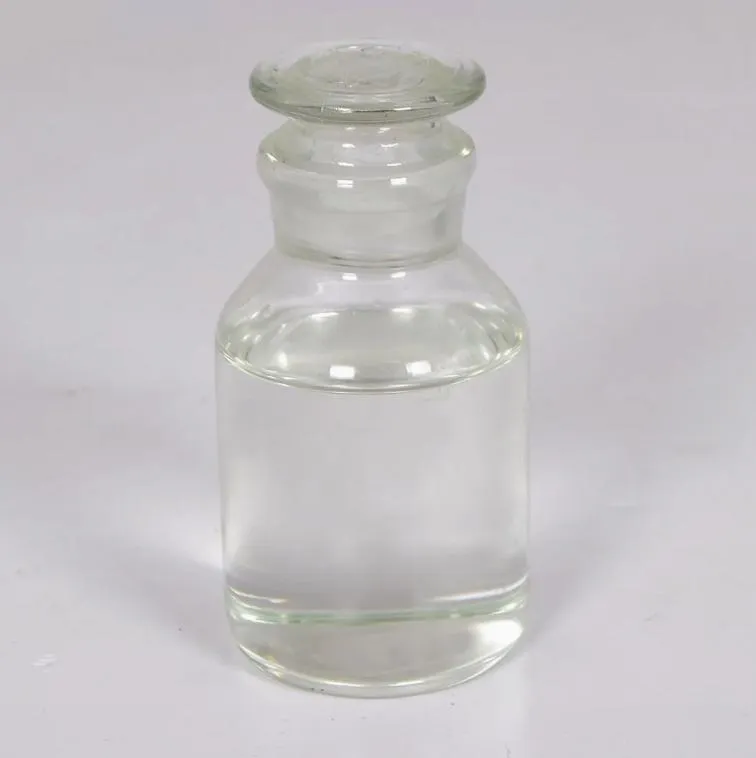
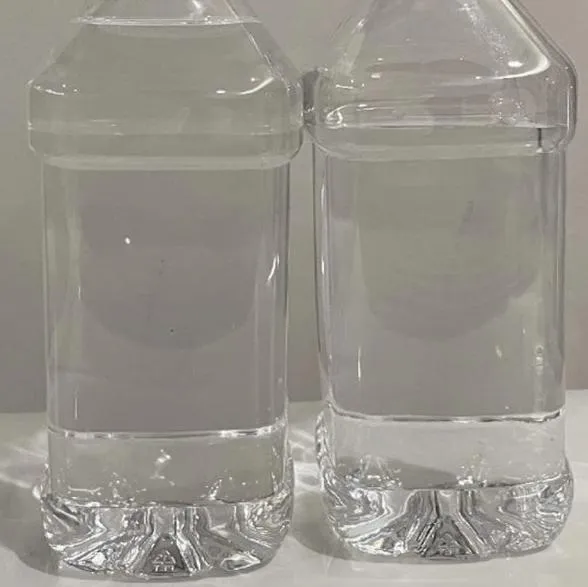
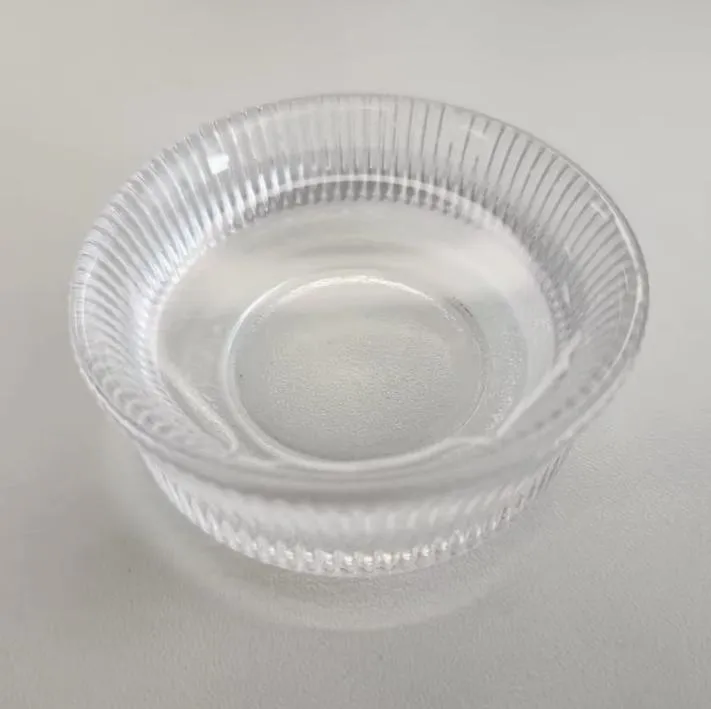

-N-methyl-N -(2-hydroxyethyl)-1, 3-propylenediamine is commonly used as catalyst and intermediate. It can be used to synthesize polyurethane materials, surfactants, rubber auxiliaries, and coordination compounds with metals.
In addition, the compound can also be used in the synthesis of polymers, the regulation of polymerization reactions, and carbon-carbon bond formation reactions in organic synthesis.




| Molecular Formula | C6H16N2O |
| Molar Mass | 132.21 |
| Density | 0.971 |
| Boling Point | 229℃ |
| Flash Point | 92℃ |
| Vapor Presure | 2Pa at 25℃ |
| pKa | 14.76±0.10(Predicted) |
| Refractive Index | 1.4781 |

1. Ị bụ ụlọ ọrụ mmepụta ihe ma ọ bụ ụlọ ọrụ ịzụ ahịa?
Anyị bụ ụlọ ọrụ na-ejikọta ụlọ ọrụ na ịzụ ahịa, na-enye ọrụ nkwụsịtụ.OEM nwere ike ịnakwere.
2. Ị na-enye samples? Ọ bụ n'efu ka ọ bụ mgbakwunye?
Free samples. The sample si ibu ego kwesịrị ịkwụ ụgwọ gị n'akụkụ.
3. Ị nwere asambodo ọ bụla metụtara njikwa mma?
ISO 9001: 2008 asambodo iji hụ na ịdị mma.
4. Kedu ihe m ga-enye ka m nweta nhota okwu?
Pls na-agwa anyị ụdị ngwaahịa nke ị chọrọ, iji ọnụ ọgụgụ, adreesị na ihe ndị a chọrọ. A ga-edepụta nkwupụta maka ntinye aka gị n'oge.
5. Kedu ụdị usoro ịkwụ ụgwọ na-amasị gị? Kedu ụdị usoro anabatara?
Usoro nnyefe anabatara: FOB, CFR, CIF, EXW;
Accepted Payment Currency:USD;EUR
Ụdị ịkwụ ụgwọ anabatara: T/T, Western Union; Paypal, ahia ahia.
Asụsụ Asụsụ: Bekee.
Ụdị ngwaahịa
-
 May . 13, 20252025 European Fine Chemicals Exhibition in GermanyThe much-anticipated Fine Chemicals Europe 2025 will be held in Germany from June 4 to 5, 2025. The event will bring together industry leaders, innovators and stakeholders in the fine chemicals sector, providing a unique platform for networking, collaboration and showcasing the latest advances in the field.
May . 13, 20252025 European Fine Chemicals Exhibition in GermanyThe much-anticipated Fine Chemicals Europe 2025 will be held in Germany from June 4 to 5, 2025. The event will bring together industry leaders, innovators and stakeholders in the fine chemicals sector, providing a unique platform for networking, collaboration and showcasing the latest advances in the field. -
 May . 07, 20252025 New York Cosmetics Ingredients ExhibitionThe much-anticipated 2025 Cosmetics Ingredients New York will be held at the Javits Center in New York from June 3 to 4, 2025. This event will bring together industry leaders, innovators and enthusiasts from all over the world to discuss the latest trends and advances in the field of cosmetic ingredients.
May . 07, 20252025 New York Cosmetics Ingredients ExhibitionThe much-anticipated 2025 Cosmetics Ingredients New York will be held at the Javits Center in New York from June 3 to 4, 2025. This event will bring together industry leaders, innovators and enthusiasts from all over the world to discuss the latest trends and advances in the field of cosmetic ingredients. -
 Apr . 27, 2025Zibo will host the 2025 International Chemical ExpoZibo, a city known for its thriving chemical industry, will host the 2025 Zibo International Chemical Expo from May 16 to May 18, 2025. This highly anticipated event aims to bring together industry leaders, innovators and stakeholders from around the world to explore the latest advancements and trends in the chemical industry.
Apr . 27, 2025Zibo will host the 2025 International Chemical ExpoZibo, a city known for its thriving chemical industry, will host the 2025 Zibo International Chemical Expo from May 16 to May 18, 2025. This highly anticipated event aims to bring together industry leaders, innovators and stakeholders from around the world to explore the latest advancements and trends in the chemical industry.


![2-[(3-aminopropyl)methylamino]ethanol CAS 41999-70-6 2-[(3-aminopropyl)methylamino]ethanol CAS 41999-70-6](https://www.dsbiochemical.com/images/9_1724312172461.webp)
![2-[(3-aminopropyl)methylamino]ethanol CAS 41999-70-6 2-[(3-aminopropyl)methylamino]ethanol CAS 41999-70-6](https://www.dsbiochemical.com/images/9_1724312184643.webp)
![2-[(3-aminopropyl)methylamino]ethanol CAS 41999-70-6 2-[(3-aminopropyl)methylamino]ethanol CAS 41999-70-6](https://www.dsbiochemical.com/images/9_1724312199571.webp)
![2-[(3-aminopropyl)methylamino]ethanol CAS 41999-70-6 2-[(3-aminopropyl)methylamino]ethanol CAS 41999-70-6](https://www.dsbiochemical.com/images/9_1724312206965.webp)
